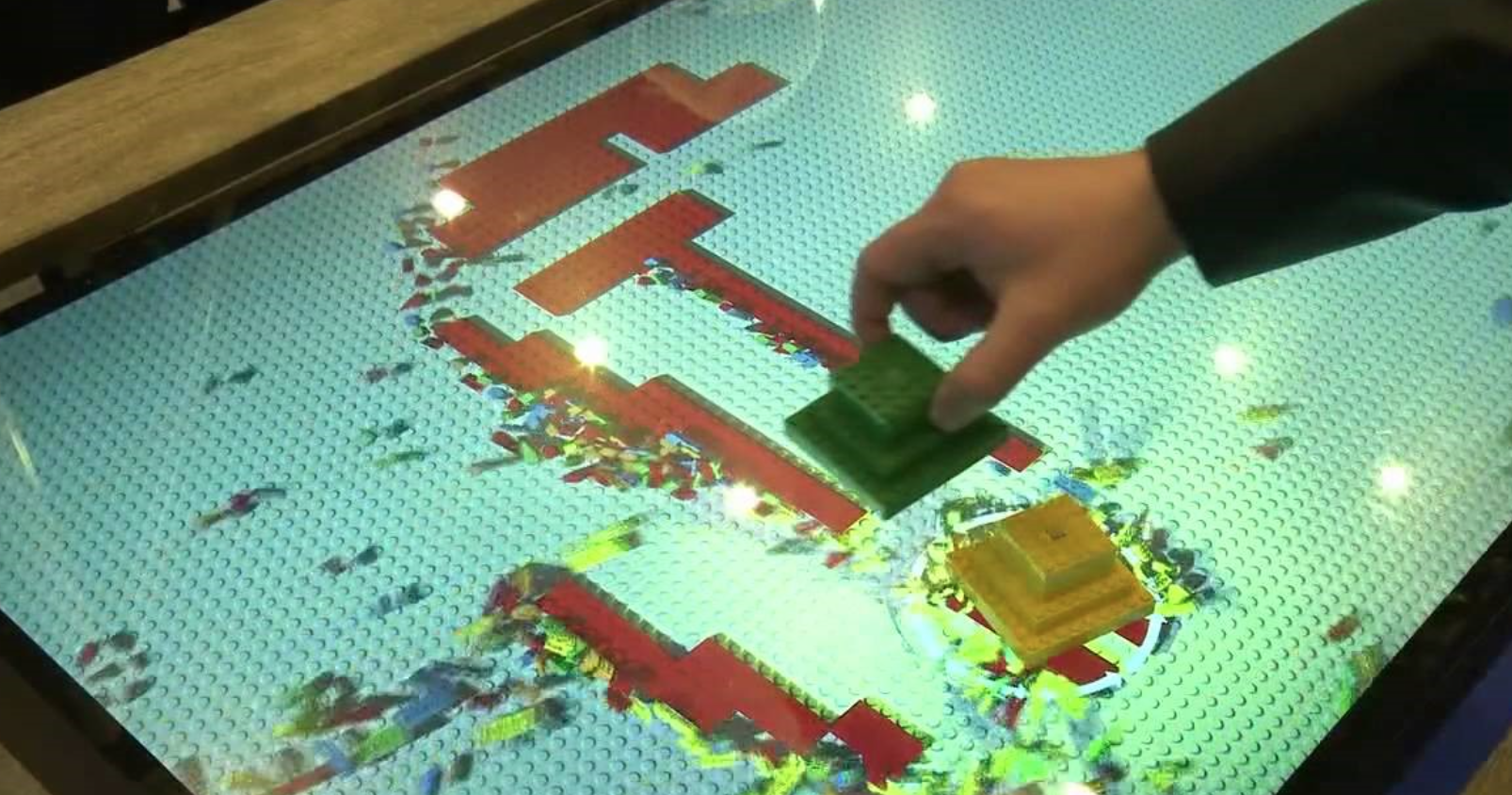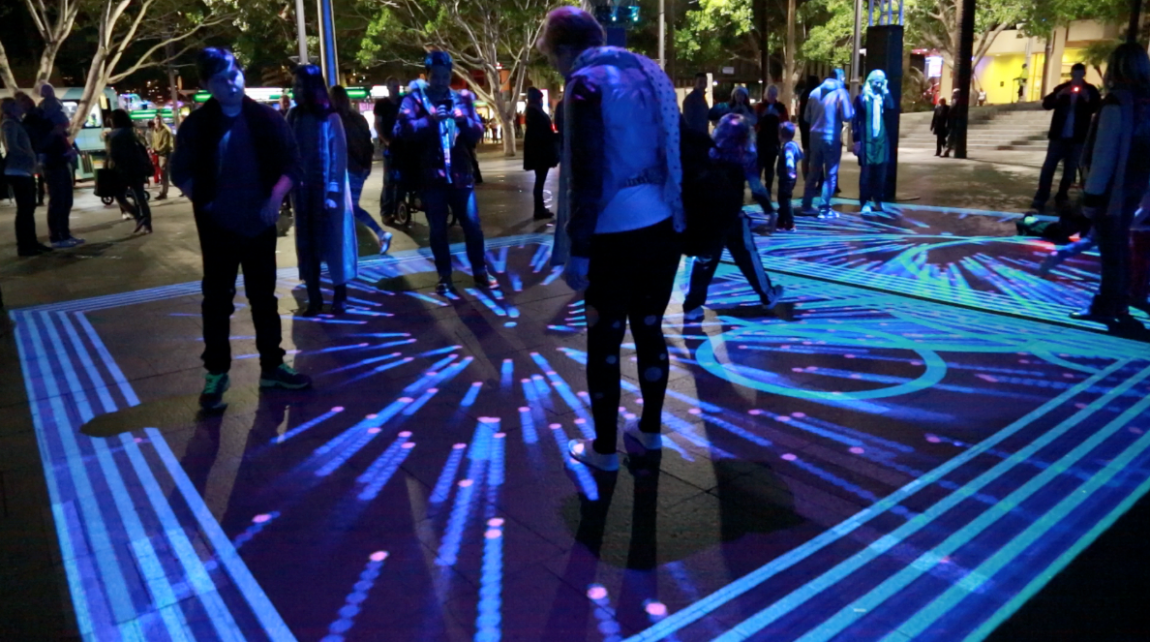A workshop in connection with ACM Creativity and Cognition 2015. To participate, please send a position paper (2-4 pages in the SIGCHI research paper format) to Kim Halskov: halskov@cavi.au.dk. The deadline is June 3rd.
Workshop topic
Blended Interaction combine the virtues of physical and digital products and systems. This approach is well suited for developing digital support for creative work practices that acknowledge the benefits of current analogue tools and practices, so that the desired properties of each are preserved. This workshop will investigate how Blended Interaction Spaces can support, augment and potentially transform creative work practices. Specifically we examine the following themes to advance research on IT supported creative practices:
- Individual and social creative activities
- Creativity methods
- Emergence and transformation of design ideas
- Generative design materials
- Creativity constraints

